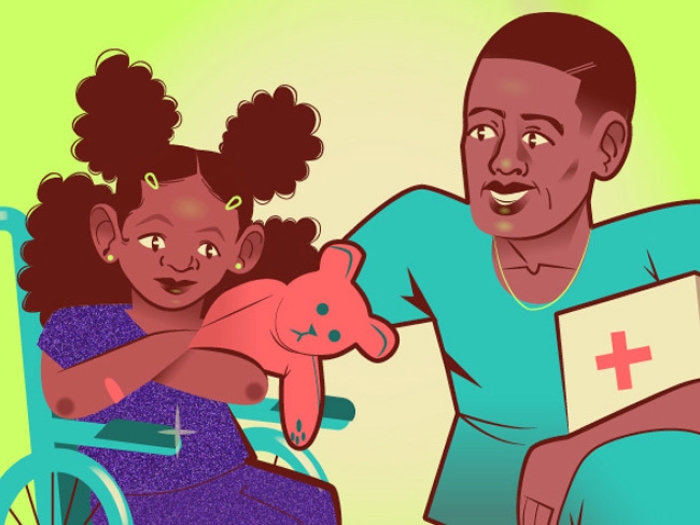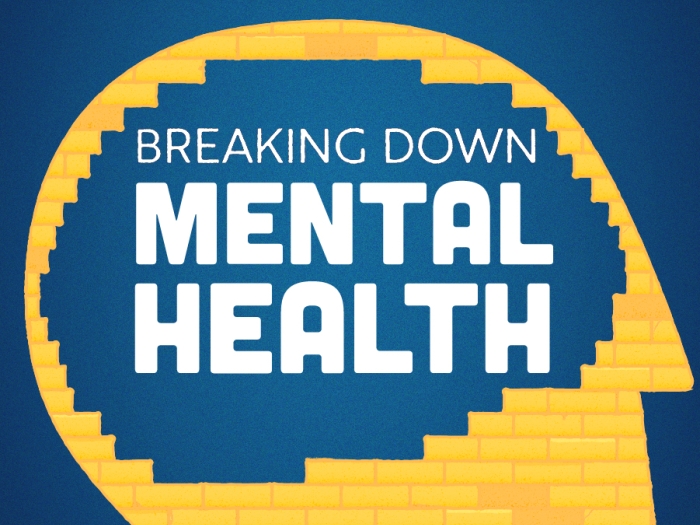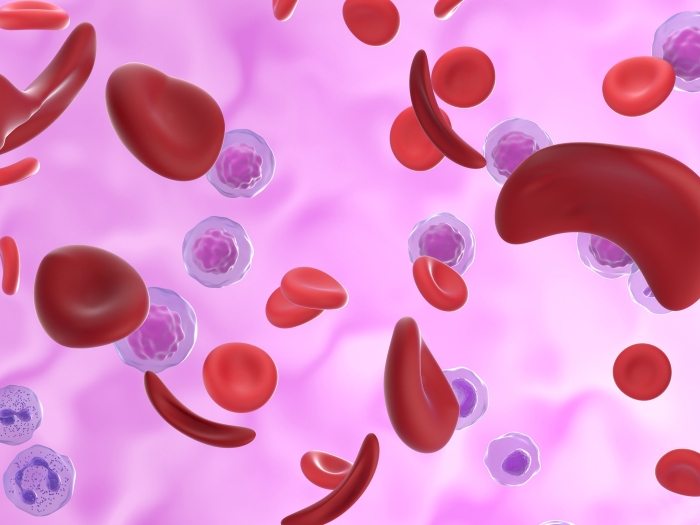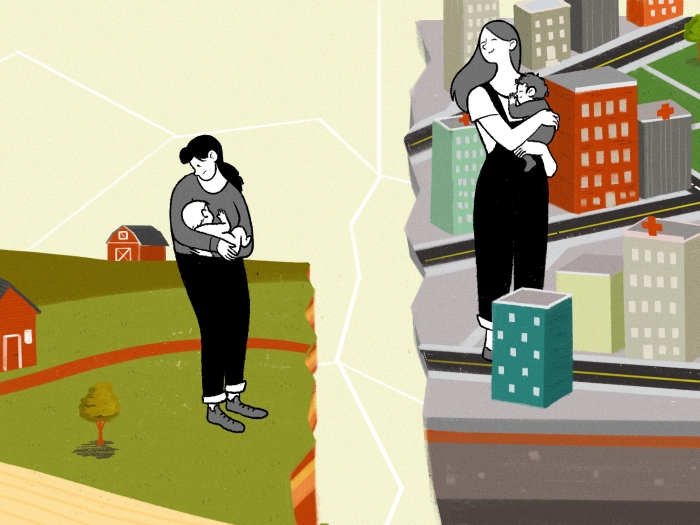Regional hospitals offer communities tools to improve disaster preparation for children, particularly those with health needs and disabilities.
Transcript
Host (00:00):
Welcome to the Michigan Medicine News Break, your destination for news and stories about the future of healthcare. Today, six ways families of kids with special needs can prepare for emergencies. Regional hospitals offer communities tools to improve disaster preparation for children, particularly those with health needs and disabilities. No matter where you live, there's a risk of a disaster threatening the health and safety of your community. From blizzards, ice storms, floods, hurricanes, tornadoes, and wildfires, to potential harm from accidents at local manufacturing facilities or nuclear energy centers.
Host (00:33):
But such hazards don't impact everyone equally and one group is especially critical to plan for, children with special health needs and disabilities. Caring for these children during a crisis may be challenging because necessary medical supplies may suddenly be unavailable, or children may struggle moving from one place to another, communicating with others, or coping with transitions. "All children have unique needs, but those with special medical needs may be among the most vulnerable in a disaster," said Marie Lozon, M.D., Chief of Staff at Michigan Medicine and a physician at the University of Michigan Health C.S. Mott Children's Hospital.
Host (01:08):
"It can be overwhelming to think about a total power loss or rapid evacuation for families, especially if their children are dependent on supplies and technology to provide life sustaining care. For example, some children are fed through a tube, may need oxygen, use a wheelchair for mobility, or need medicines to prevent seizures. When families work with their communities to be disaster ready, they can help protect children from the most harmful consequences." Nearly one out of every five children in the United States has a special healthcare need, including physical, mental, and developmental disabilities, as well as longstanding medical conditions such as asthma or diabetes. That's why Lozon and colleague Mott pediatric emergency medicine physician, Stuart "Stu" Bradin, D.O., have teamed up with children's specialty hospitals in Michigan and in other Great Lake states with efforts to strengthen emergency preparedness for children through the federally funded, Region V (Five) for Kids.
Host (02:00):
The project is an expansion of the former Eastern Great Lakes Pediatric Consortium for Disaster Response. "Doctors and researchers here at C.S. Mott Children's Hospital are working with like-minded colleagues across the state to improve emergency preparedness for children in such scenarios as a pediatric-focused pandemic illness, a mass injury event, or a loss of infrastructure in floods, fire or weather emergencies," Bradin said. "Many elements of a catastrophe are unpredictable and planning for one can seem daunting for families who already face everyday challenges in caretaking, but there are simple steps that can help keep everyone safe." Lozon and Bradin, who are co-investigators for the Region V (Five) for Kids research team, share six steps from the group's disaster toolkit, being shared widely to improve disaster preparation for children, particularly those with special health needs.
Host (02:49):
Number one, identify shelter and a safe way to get there. Sometimes families are able to safely stay in their own home during an emergency, but if not, they need a backup plan. "Where would your family go if you needed to leave? Are there friends or family you could stay with or would you need to temporarily stay in a local shelter?" Bradin said. "All of these questions should be answered as part of your plan." And make sure you're ready to get out safely. That means leaving as early as possible when you get notice of an evacuation and keeping the car gas tank full. Family should also establish a support network of at least five trusted family, friends, or neighbors who could be available to help with transportation or shelter on short notice and will check on them during a disaster. You should exchange information like garage codes, house keys, and car keys with them. Your family should also know how you'll reconnect if separated and establish a designated meeting place that's familiar in case you have no way to communicate.
Host (03:42):
Two, stock up on supplies. When an emergency strikes, you never know how long you'll be without power, water, or food due to store and pharmacy closures and other barriers. "Preparing for a disaster is kind of like preparing for a camping trip," Lozon said. "Think about what you would need to take care of your family without modern conveniences for days or even a week." Region V (Five) for Kids recommends building an emergency kit for both home and on the go that includes daily and essential supplies. Consider at least three days of non-perishable food and special food or formula, if a child has dietary restrictions, a minimum of one gallon of water per person per day, phone chargers, diapers, formula, and baby food, sleeping bags and cash. Also, on the list, batteries and portable banks for electronic devices, flashlights and blankets in case of power outages.
Host (04:29):
For children with special needs, it's also important to have extra medication and medical supplies, as well as spare batteries if needed for an electric wheelchair or other device. Families may need to reach out to their medical supply vendor for backup supplies in case medical equipment deliveries cannot occur. "Parents of children with very complex equipment needs, might need to discuss managing an emergency with their healthcare provider," Lozon said. "Do they need a generator in their home? Do they have a written emergency information form filled out by their provider that could allow an emergency responder to understand their child's needs quickly? They can also plan ahead for backup medicines and alternative methods to manage a child's needs."
Host (05:07):
Number three, have a personal kit just for your child. While adults should be responsible for general supplies, experts recommend special kits customized for children as well. These could include comfort items like a favorite stuffed animal, books and games, a medical alert bracelet, identification, changes of clothing, contact information to reach parents and other trusted adults, as well as a description of the child's disability and up to date copies of care plans are also helpful. This should include both instructions for care as well as foods to avoid if they have an allergy. "There are some scenarios when children may get separated from parents or guardians, and your family may not be together during a disaster," Bradin said. "It's important for others to know how to care for children with complex needs or who to contact in case of emergencies." In some areas, families may also register with a special needs registry, which provides emergency responders information regarding a registrant's special needs, emergency contact information, physical description, and a photo so they can better assist them.
Host (06:04):
Number four, practice to make sure you're ready. Practice the plan. At home, Lozon says families should practice how to contact each other during an emergency, how to evacuate their home, and how to open and restock emergency kits with fresh medication and essential supplies. It's also important to practice preparedness with community partners, including schools. Emergency instructions related to special health needs should be part of a children's individual education plan, so families know where and how the school will help children in case of a disaster. Parents are also encouraged to talk to other families with children with disabilities and share disaster readiness ideas. "It really takes a village to ensure children and those who are most vulnerable are covered and cared for in an emergency situation," Lozon said.
Host (06:48):
Number five, stay informed to stay safe. Families should make sure they're signed up to receive emergency texts or mobile phone alerts for community emergency warnings, and also early alerts from power and water companies on service interruptions. But they should also listen to the news, pay attention to weather reports so they can best follow emergency instructions such as evacuating an area, shutting off damaged utilities such as power and gas, and avoiding downed power lines and driving or wading through flooded roads.
Host (07:15):
And finally, number six, keep calm. It may seem cliche, but keeping calm in an emergency is key when you're around children. If you panic, so will they. "Help your child stay calm by staying calm yourself and using simple non-scary language to give them the information and instructions they need to stay safe." Bradin said. Keep routines as much as possible. And while adults need to stay updated on news updates, prevent children from too much news exposure, which may create emotional distress. "Emergency planning not only helps families prepare to take care of their children's basic medical needs during a disaster, but reduces fear and anxiety during a stressful time, Lozon said. "When the adults are prepared and calm, it helps reassure children that they are safe." For more on this story and others like it, visit uofmhealth.org/healthblogs. You can find the Michigan Medicine News Break wherever you listen to podcasts.
For more on this story and for others like it, visit www.uofmhealth.org/umhs-health-blogs, and find the Michigan Medicine News Break wherever you listen to podcasts.

Listen to more Health Lab podcasts - a part of the Michigan Medicine Podcast Network.






